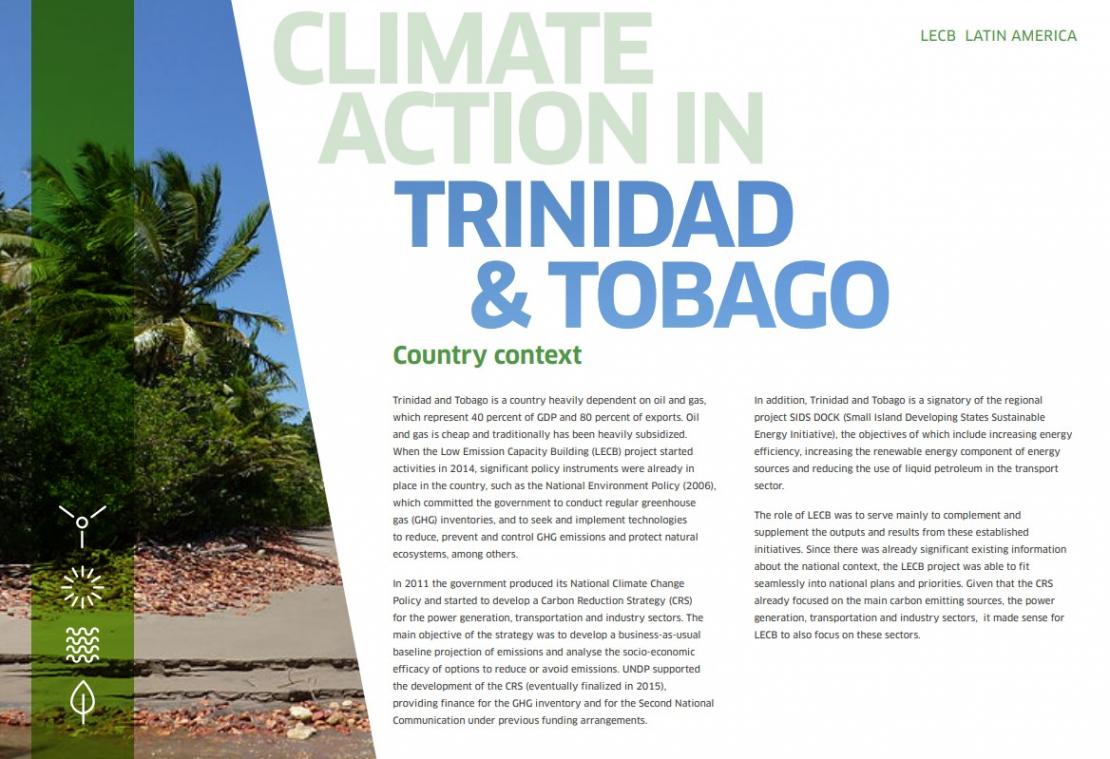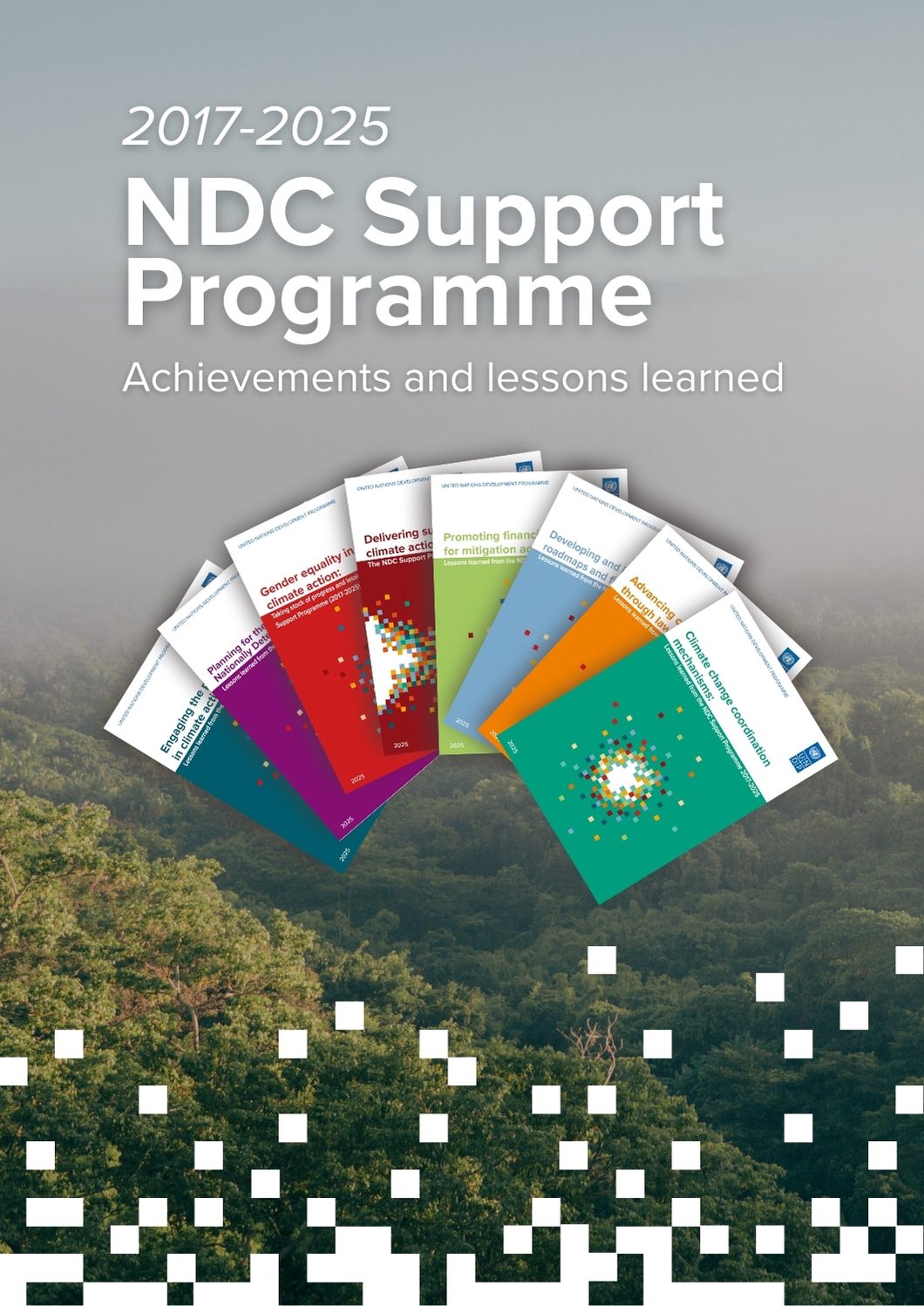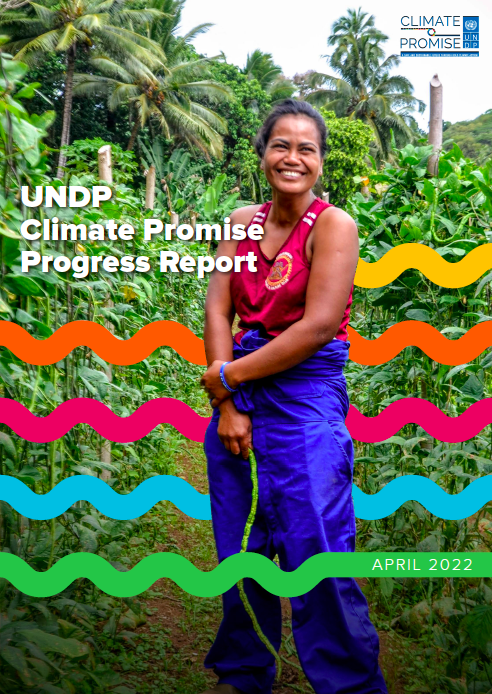LECB Programme Impact and Results: Trinidad and Tobago

Trinidad and Tobago is a country heavily dependent on oil and gas, which represent 40 percent of GDP and 80 percent of exports. Oil and gas is cheap and traditionally has been heavily subsidized. When the Low Emission Capacity Building (LECB) project started activities in 2014, significant policy instruments were already in place in the country, such as the National Environment Policy (2006), which committed the government to conduct regular greenhouse gas (GHG) inventories, and to seek and implement technologies to reduce, prevent and control GHG emissions and protect natural ecosystems, among others.
In 2011 the government produced its National Climate Change Policy and started to develop a Carbon Reduction Strategy (CRS) for the power generation, transportation and industry sectors. In addition, Trinidad and Tobago is a signatory of the regional project SIDS DOCK (Small Island Developing States Sustainable Energy Initiative), the objectives of which include increasing energy efficiency, increasing the renewable energy component of energy sources and reducing the use of liquid petroleum in the transport sector.
The role of LECB was to serve mainly to complement and supplement the outputs and results from these established initiatives. Since there was already significant existing information about the national context, the LECB project was able to fit seamlessly into national plans and priorities. Given that the CRS already focused on the main carbon emitting sources, the power generation, transportation and industry sectors, it made sense for LECB to also focus on these sectors.


